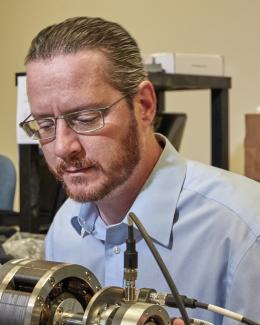Abstract
Localized generation, storage, and intelligent power electronics are increasingly being integrated into building. The excess storage, thermal, and generation capacity can be used to develop new markets for ancillary services such as peak reduction, voltage and frequency support, or load flattening. Widespread participation in these markets will make the power grid more resilient. However, widespread participation in these markets will require a simple and intuitive control over the excess capacity by the building occupants. Most importantly for adopting these technologies, participation in these markets should not require sacrificing occupant comfort. Many of the proposed control and optimization technologies for supplying the ancillary services do not explicitly incorporate occupant comfort into their models and when they do, generally utilize a rigid constraint on the indoor air temperature set a priori. This reduces flexibility in using excess thermal capacity. It also cannot take into account uncertainties in local factors that affect thermal comfort such as clothing insulation or relative humidity. In this paper we present and justify some assumptions that simplify the standard predictors of thermal comfort. We also develop a regression model of the thermal comfort that is linear with respect to the indoor air temperature. Next we develop the concept of thermal comfort variation that eliminates the dependence of the thermal comfort on uncertain thermal comfort factors. Then, we present a quadratic program utilizing the thermal comfort variation in both the objective function and as a constraint. Finally, we show the results of a time-of-use cost optimization that utilizes the simplified thermal comfort model.


